Homeless + hongKong = H+k= #domesticity
“The walls of Hong Kong are very restricted to the homeless and the space-less public zones.domesticity is new character to the city by observing the movement and behavior of the people being inclusive of them in the city irrespective of its fight for space.”
Hong Kong has been, throughout its life, a rapidly growing city, with more and more people calling it ‘home‘. It is the ‘home‘ part that this project wishes to especially focus on.
Given the history of Hong Kong having started as a trading port for the British Empire in the 1700‘s, it‘s growing economy lead to growing populations of migrants from both expatriates and mainland Chinese prospective, thus creating a positive feedback loop that would lead to a complicated relationship between the government, real-estate, and the general public seeking living spaces- the most prominent consequence of which Hong Kong has one of the most notoriously expensive real estate rates of all time.
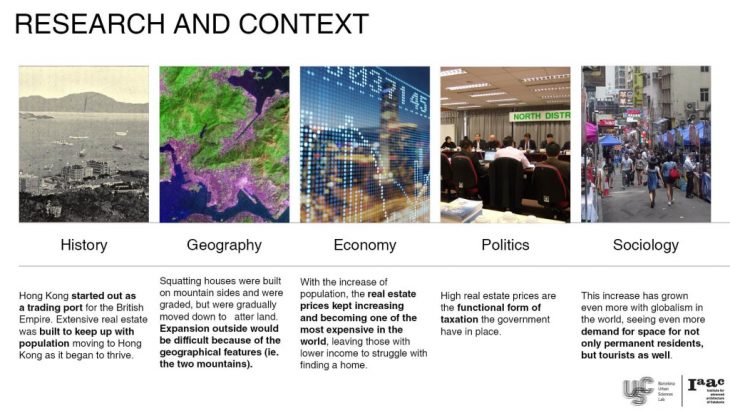
To address those most impacted by the crisis, this initially was geared intensely towards issues faced by the homeless population; a prevalent issue more and more relevant in the eyes of Hong Kong. With more findings on the issues surrounding the homeless population, including community, psychological, cultural and economic issues, this project slowly morphed into one that may benefit a wide range of issues for a growing range of users.
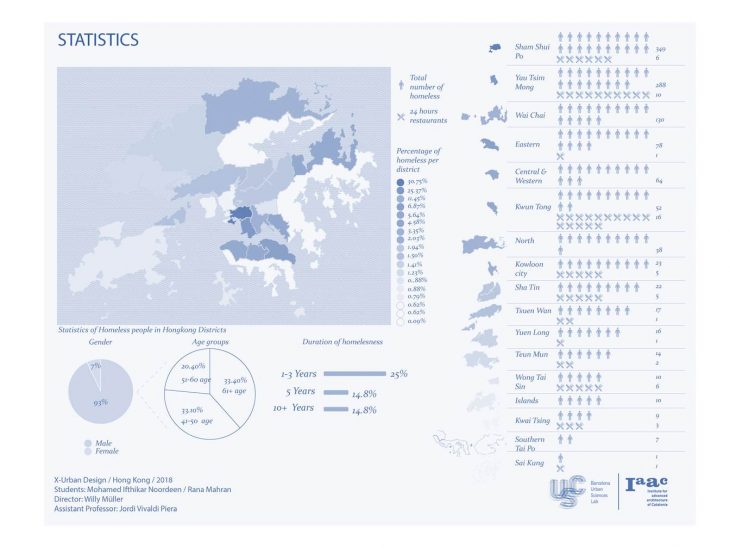
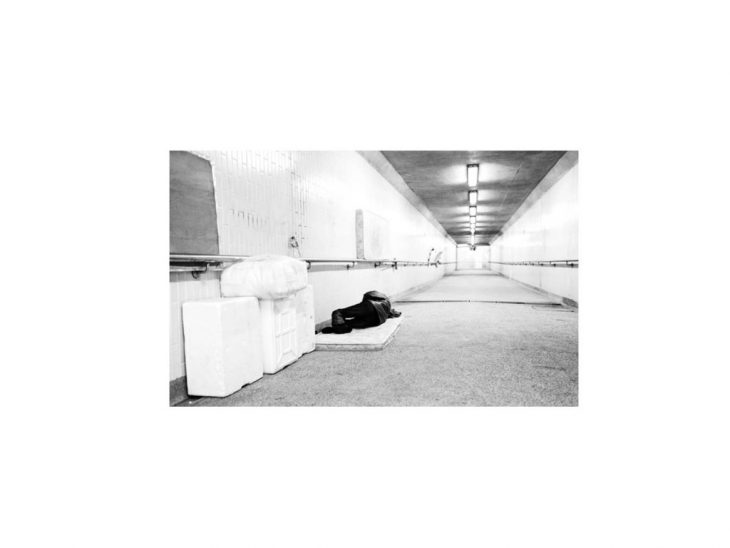
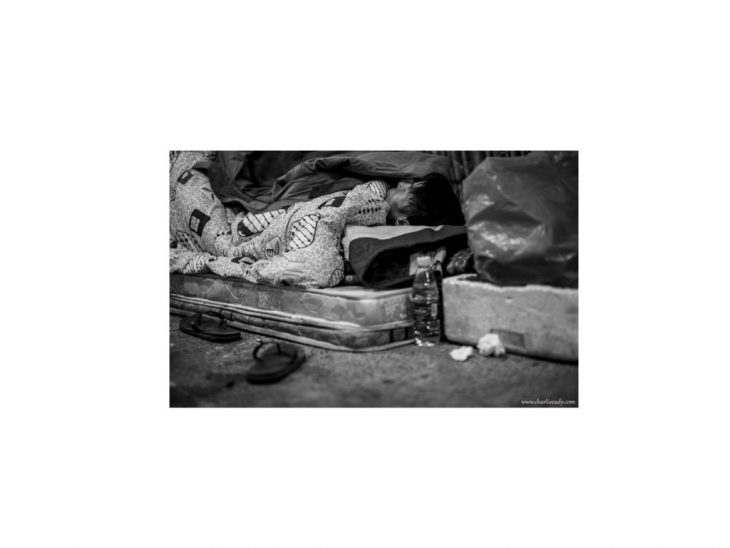
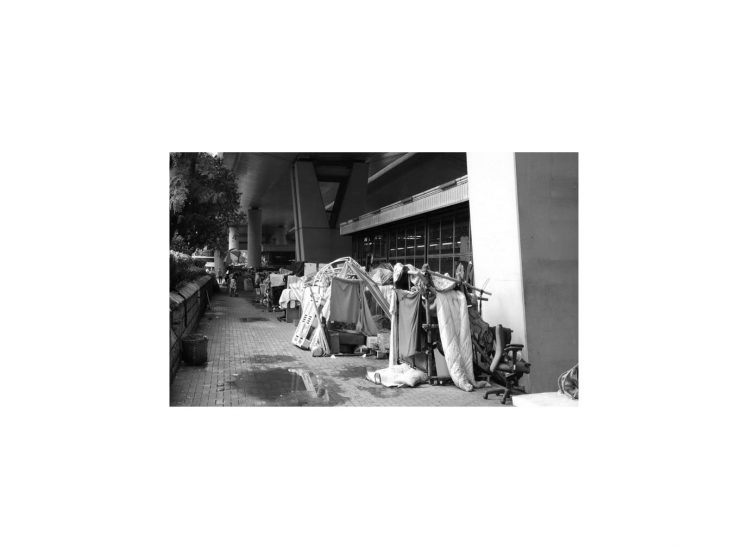
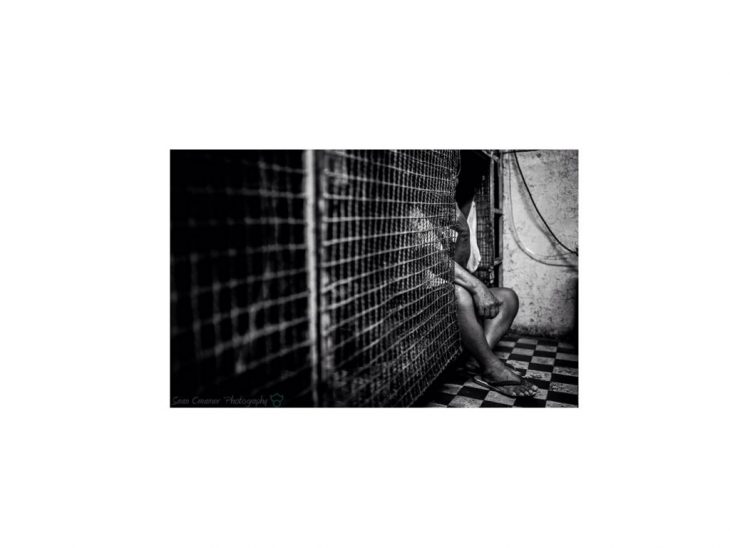
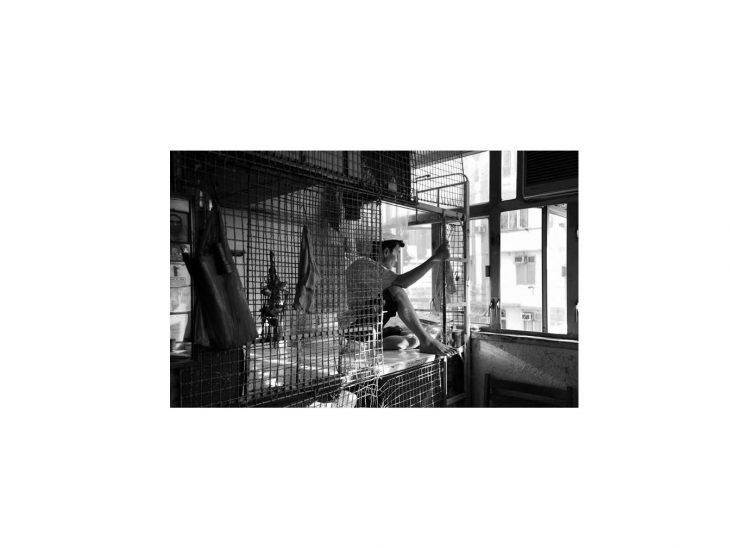
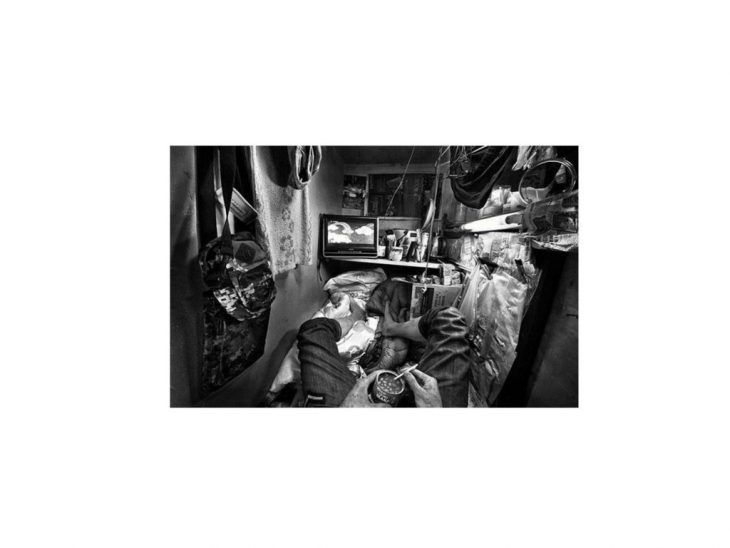
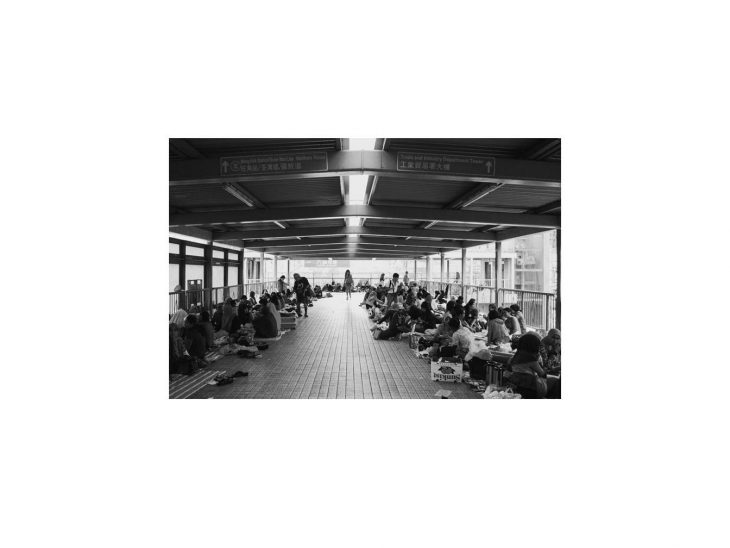
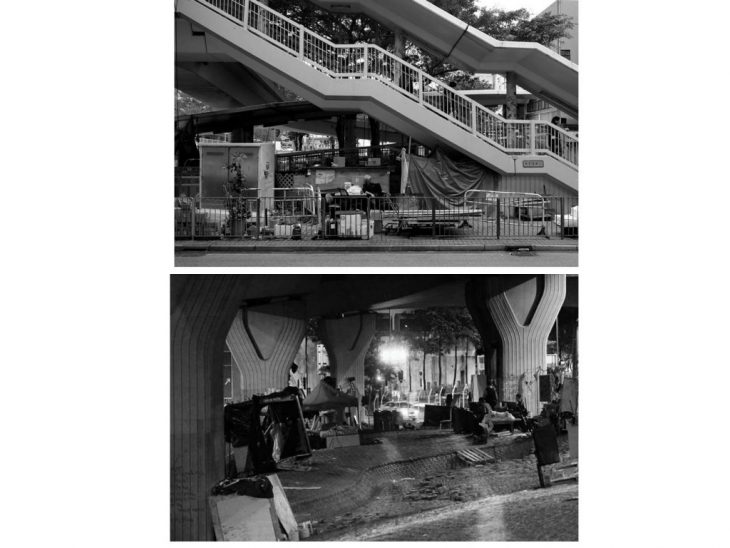
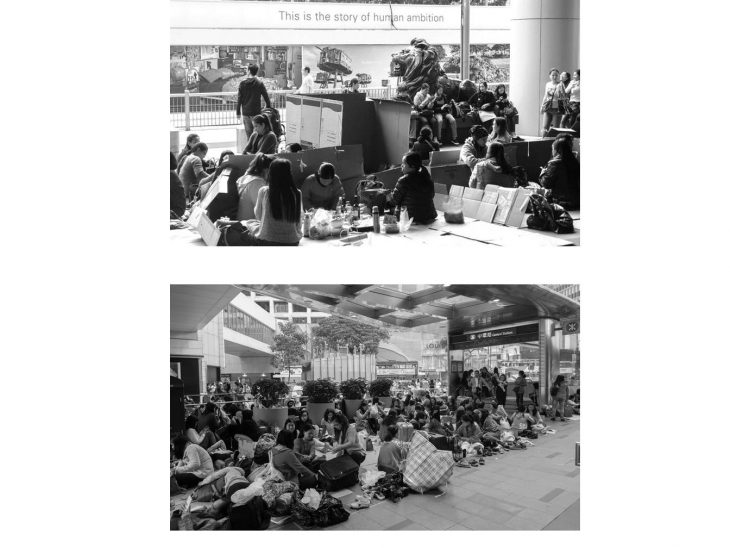
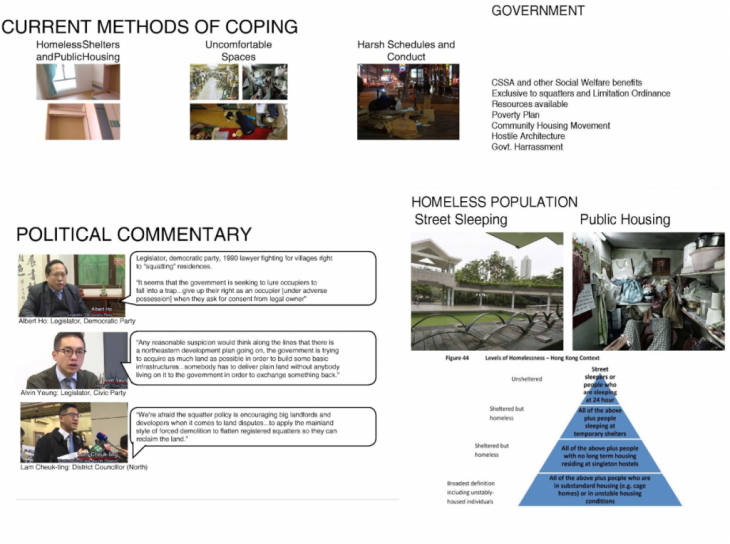
The duality of the title ‘Domesti-City‘ implies bringing the comfort of the domestic space to any given public area; ‘Domesti-‘ implying the attributes and qualities of the dwelling, and the ‘City‘ pertaining to the public urban space with which the former will be integrated. The flexible, assemblable, customizable and convenient nature of the project and its components for assembly would make people more comfortable and bring about the spirit of community and a motive to accomodate domestic spaces- as if they were in their homes.
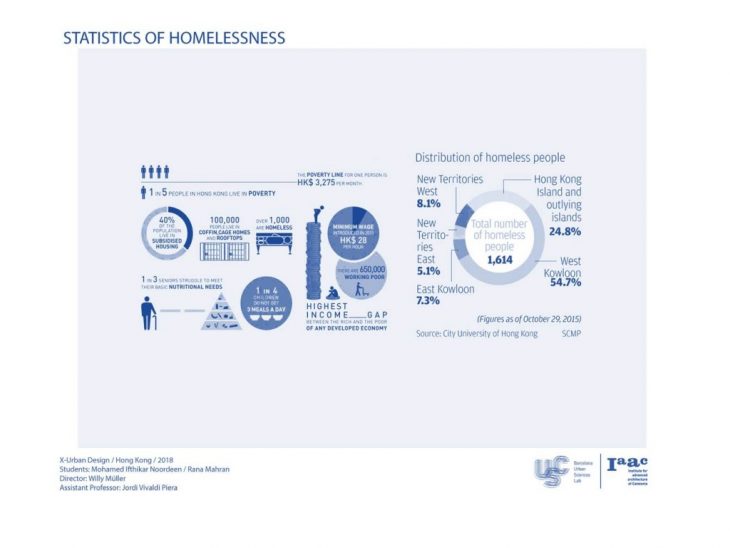
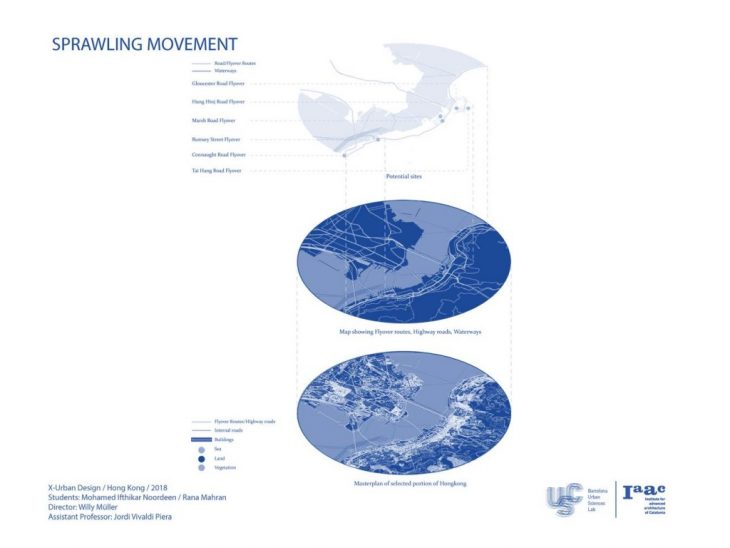
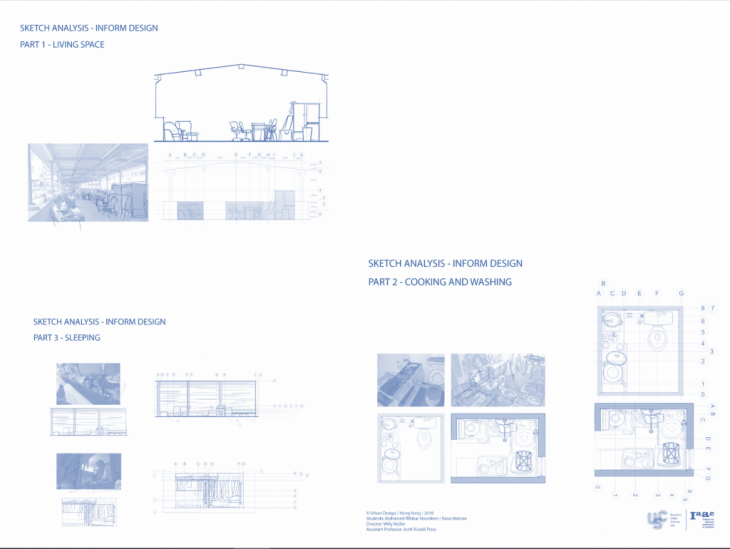

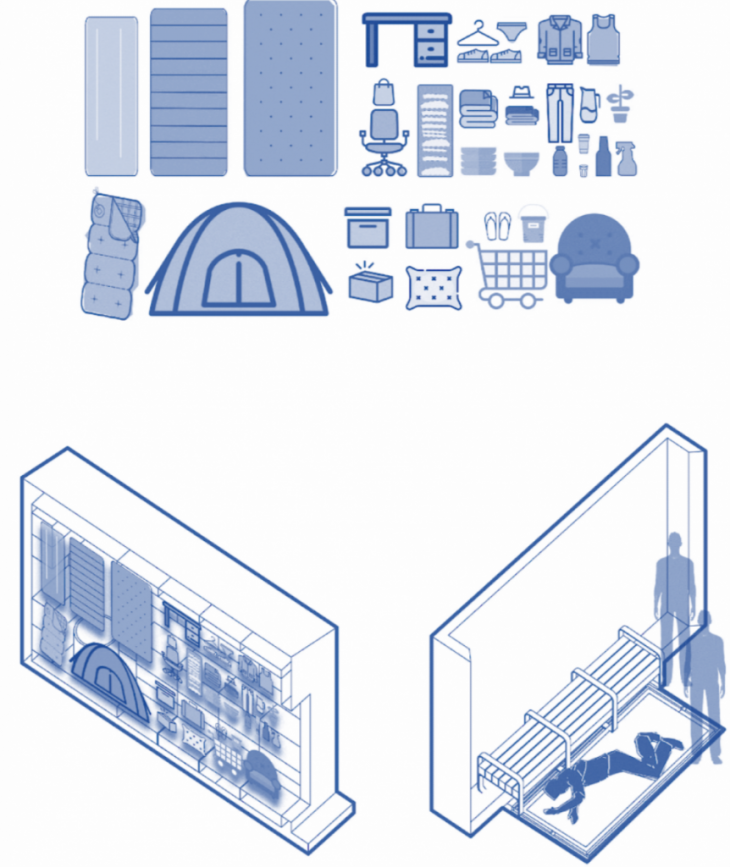
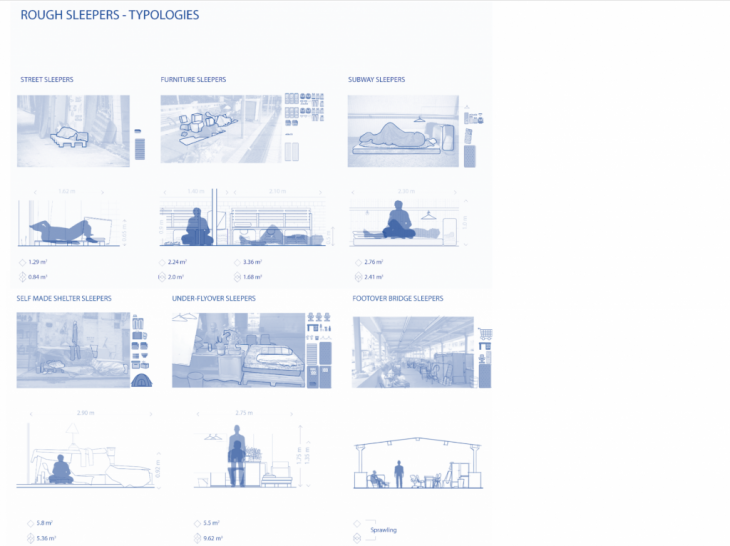
The large scale, ‘-City‘, experiments with a freeform fabric that stretches to varying levels and is used for varying ‘traditional‘ building envelope components; one fabric can be used for slab, walls, and roof at once, as a Flexi-Envelope. These can be attached to specially designed and interconnected ‚ring‘ pillars, as well as the facades of buildings in dense urban settings as well.
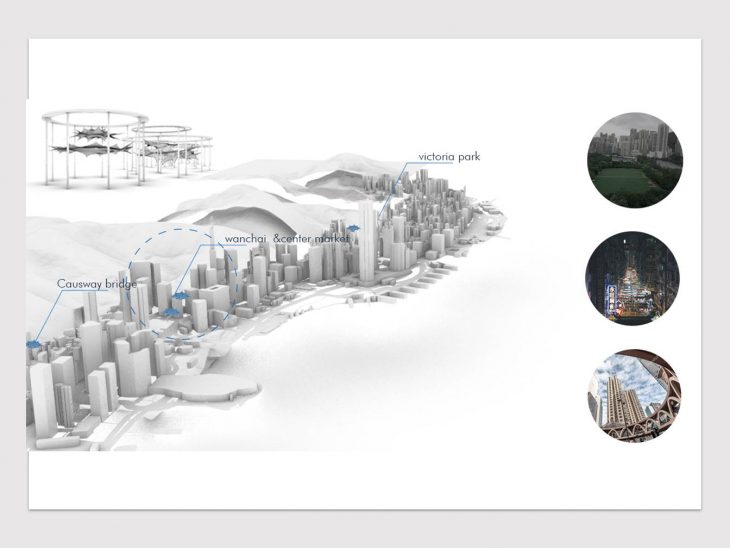
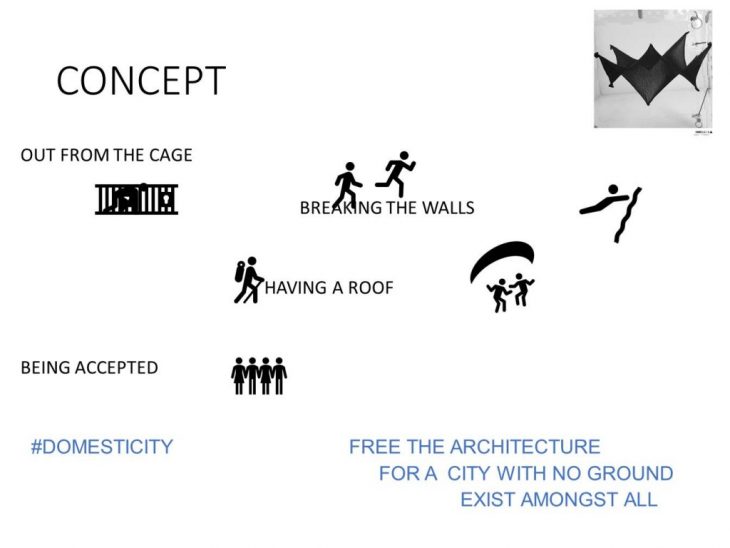
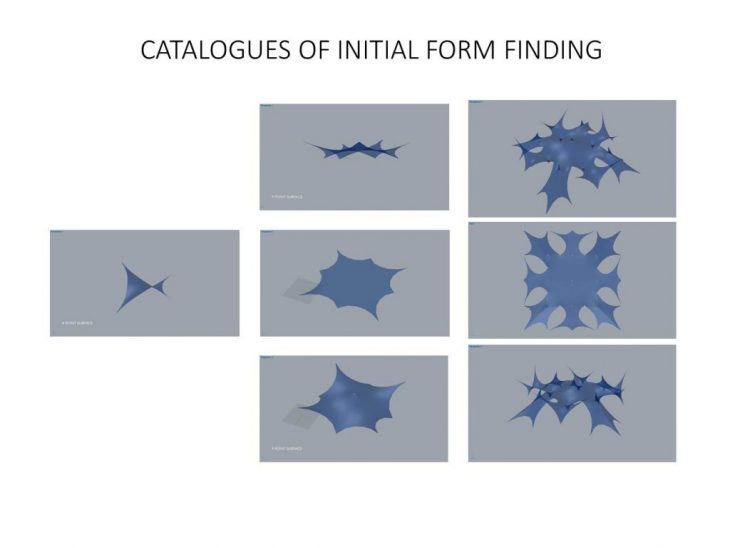
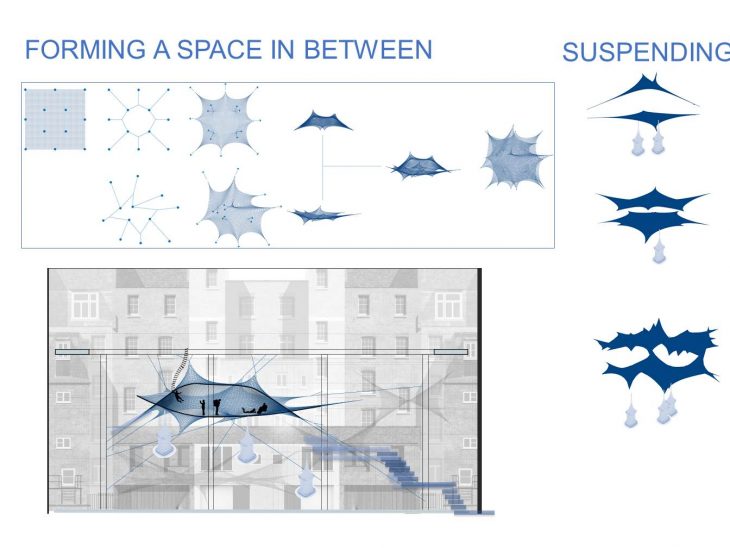
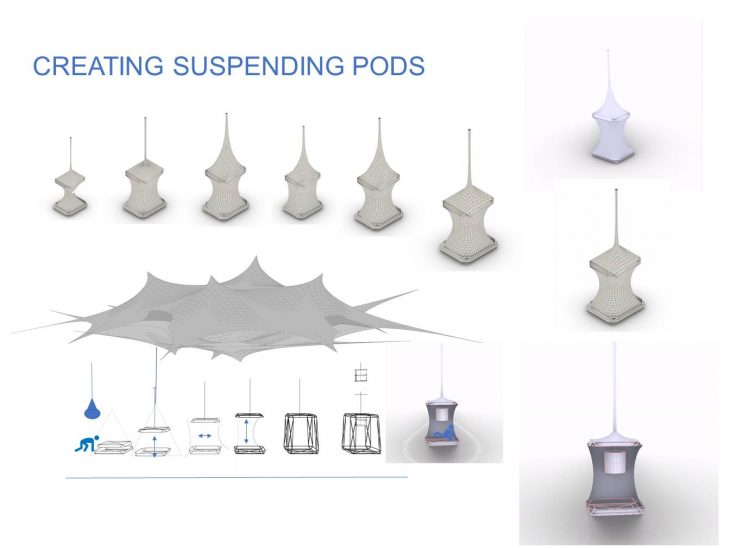
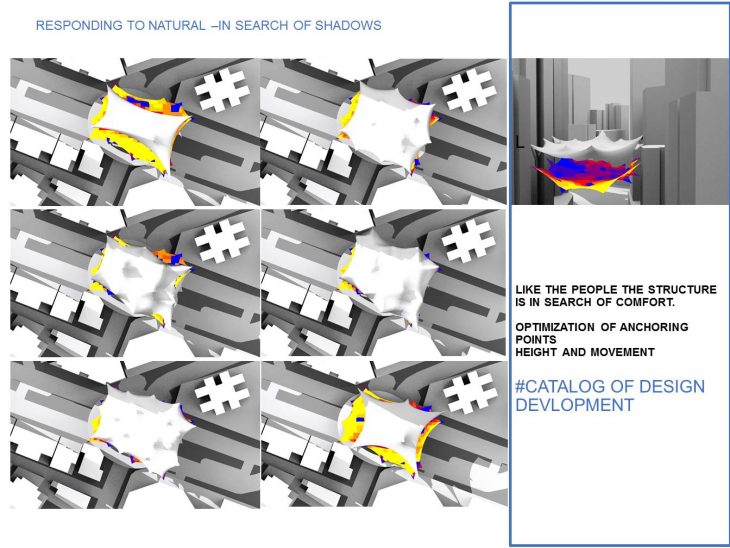
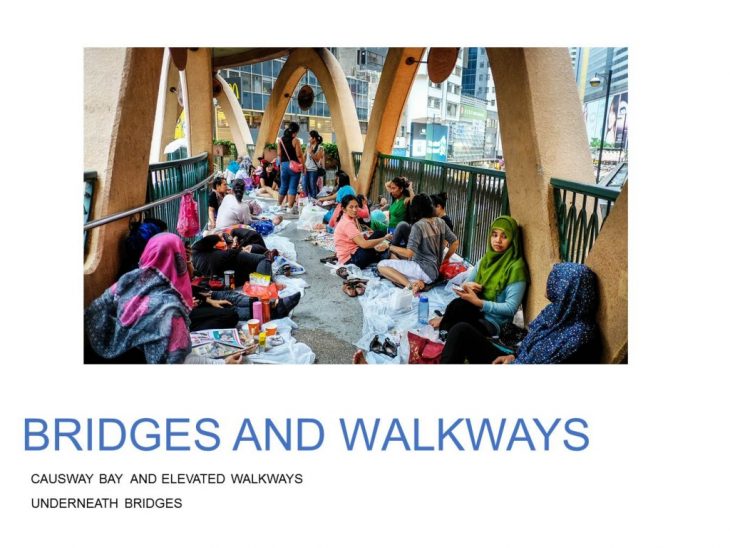
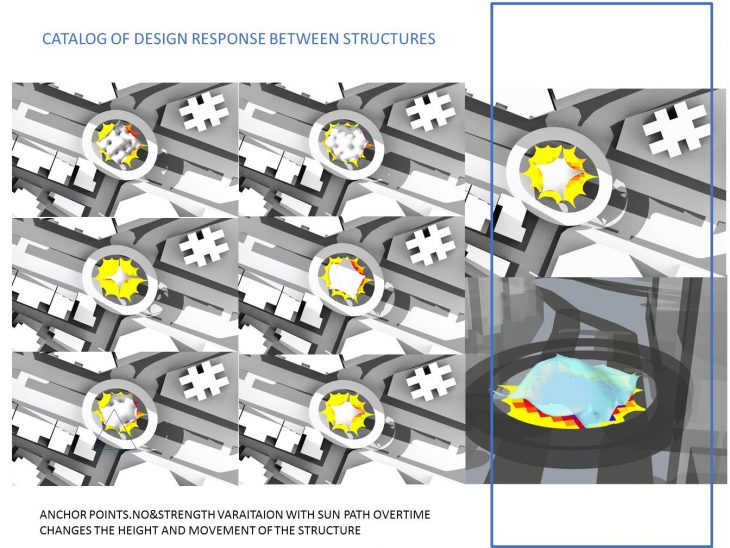
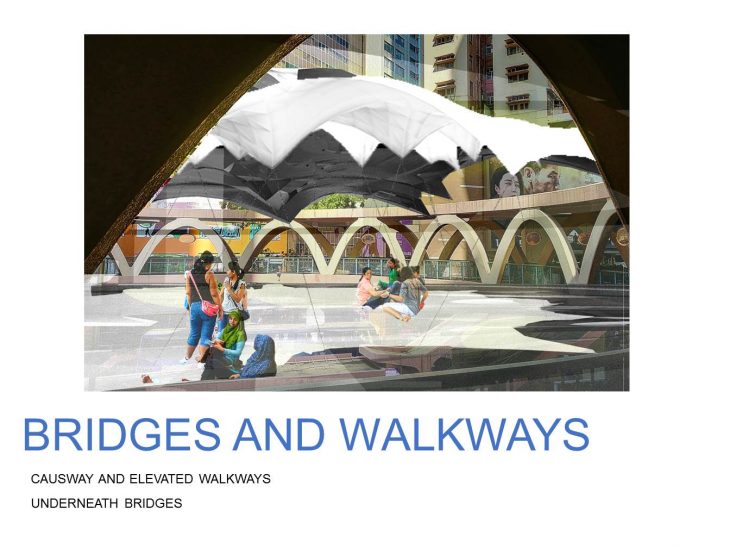
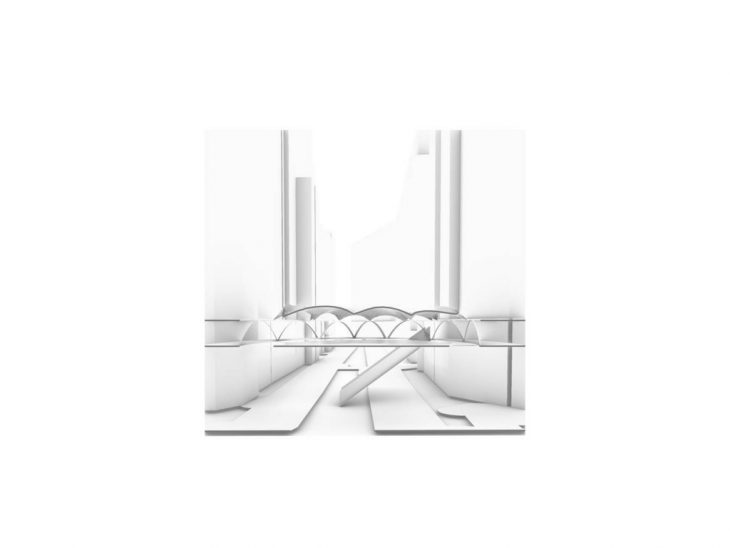
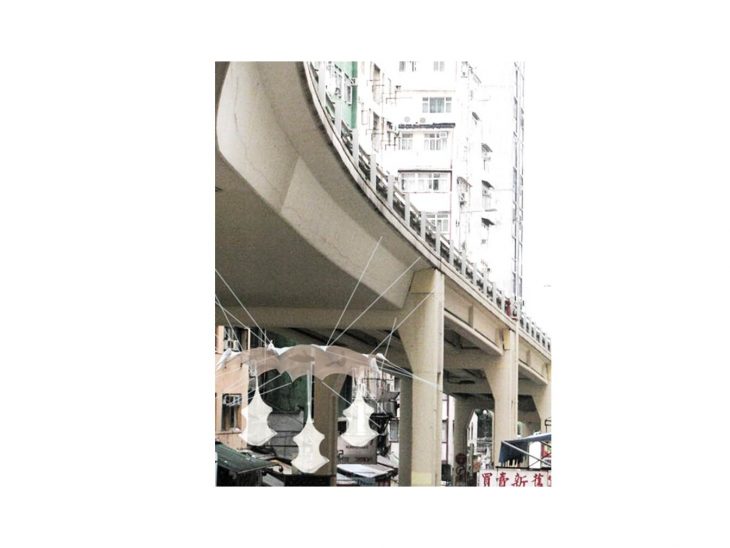
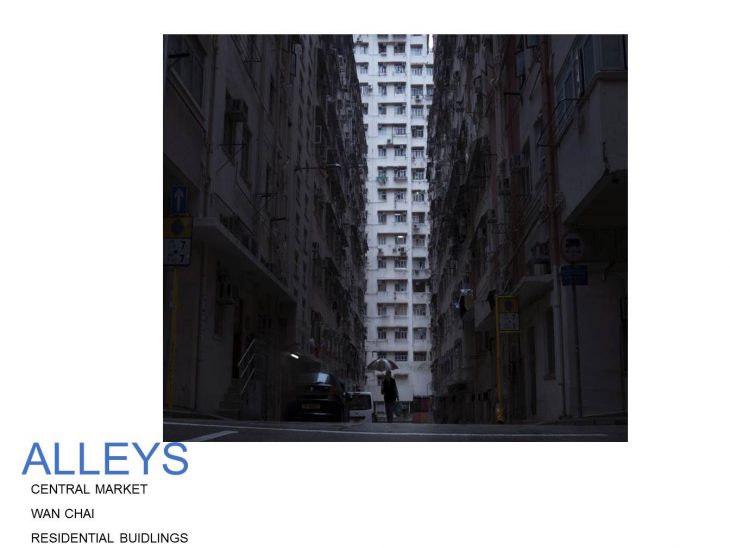
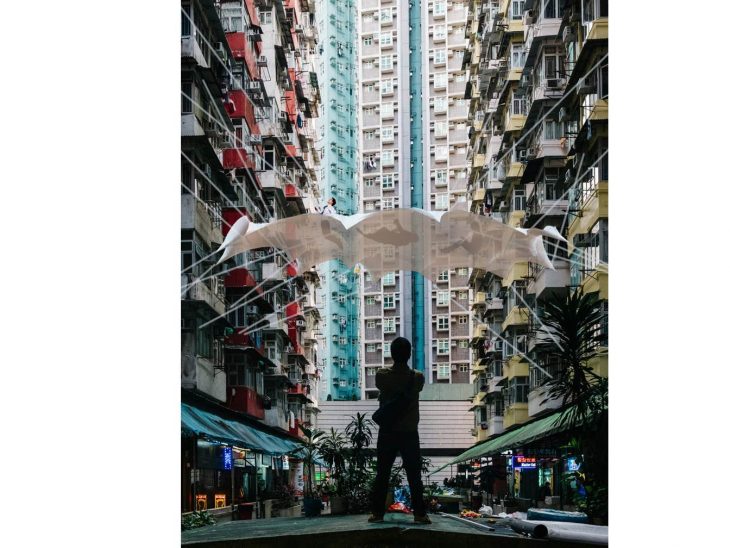
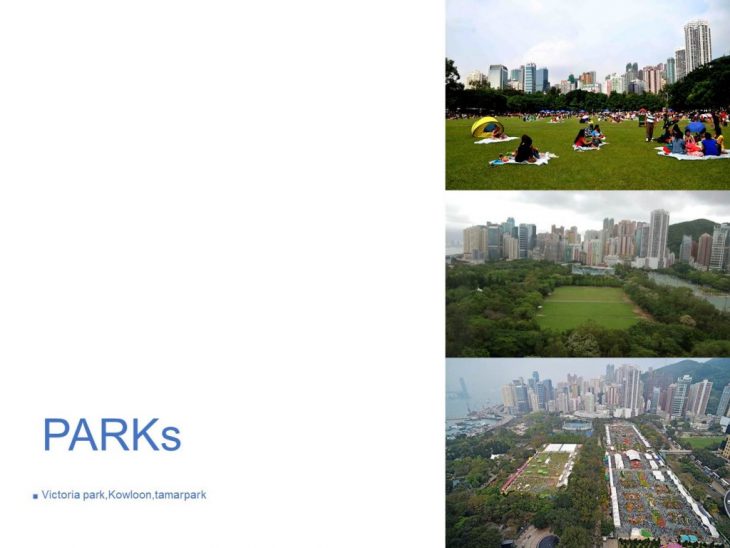
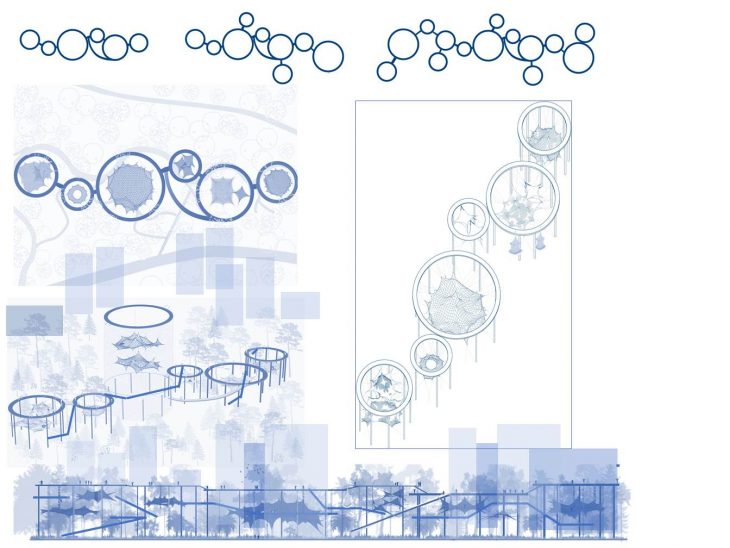
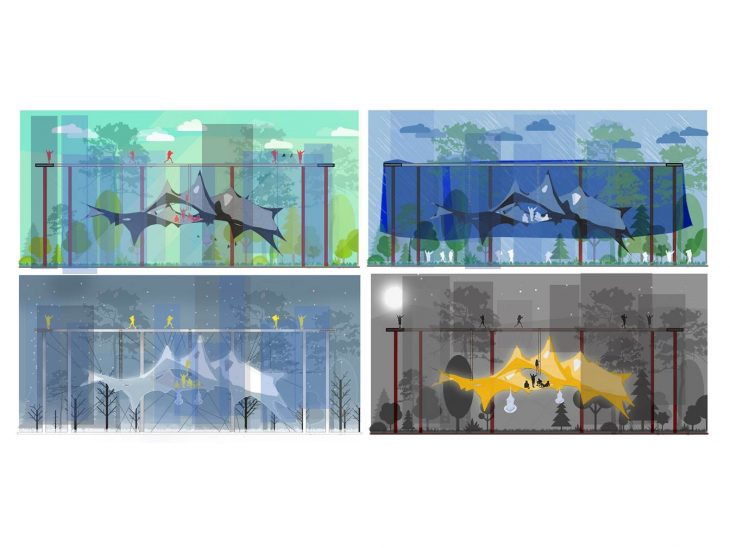
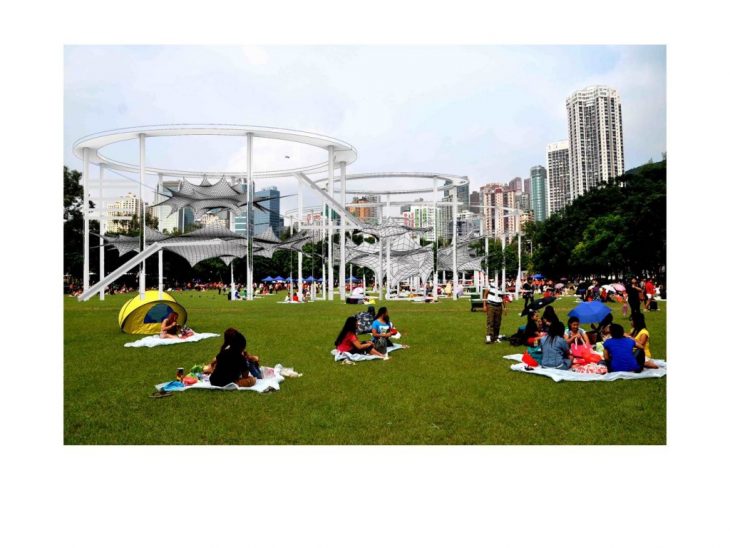
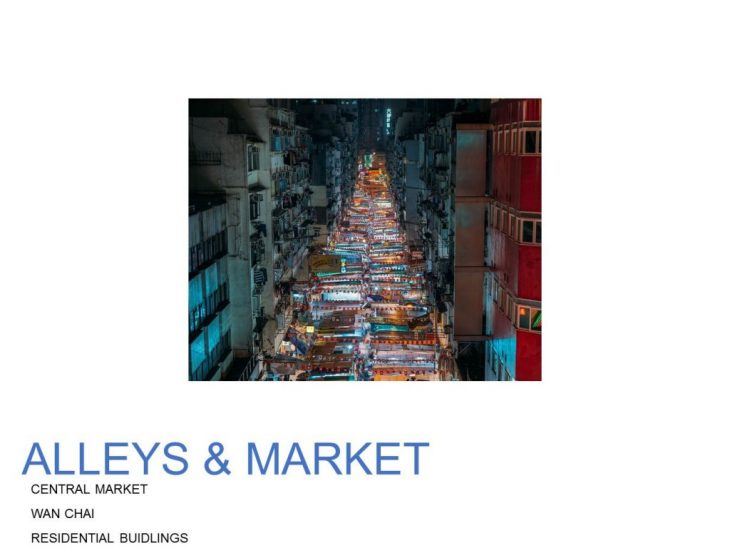
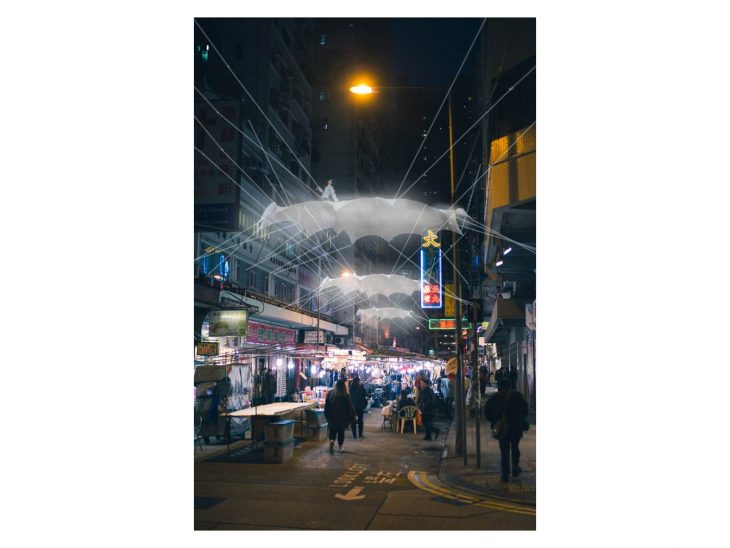
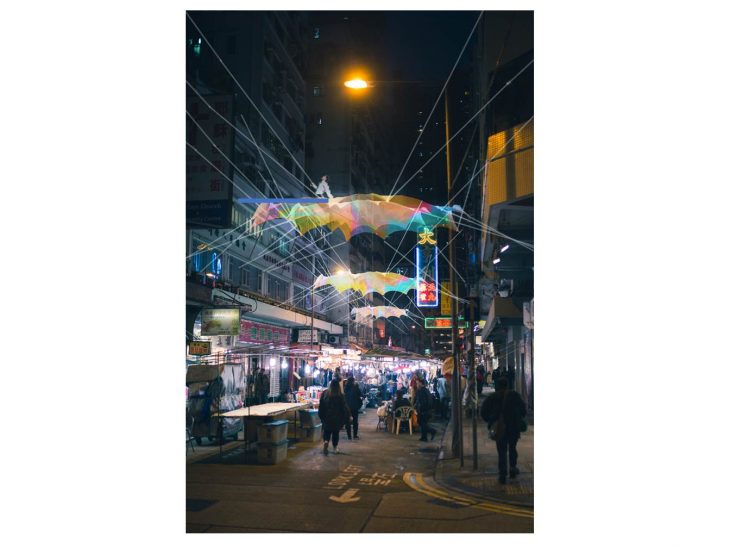
The small scale, ‘Domesti-‘, uses portability and customization to form half the building blocks of the project. This incorporates elements of fashion and industrial design for considering the portable, attachable components, as well as the use of an app to customize the set-up of a space for use.
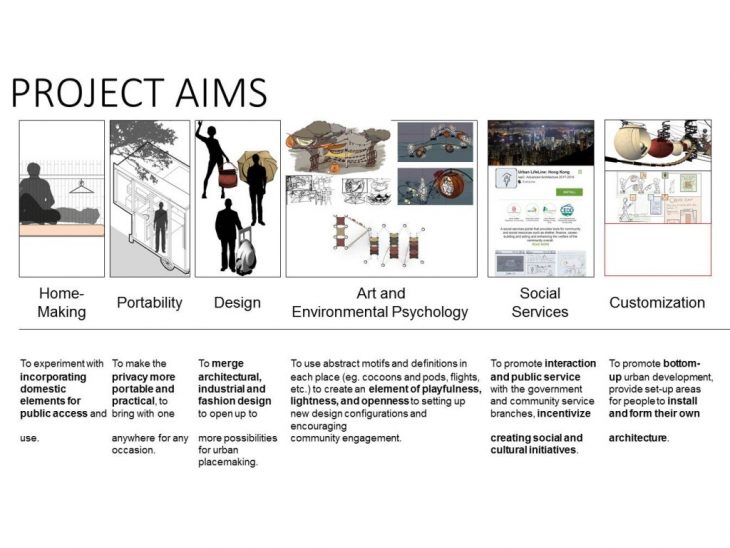
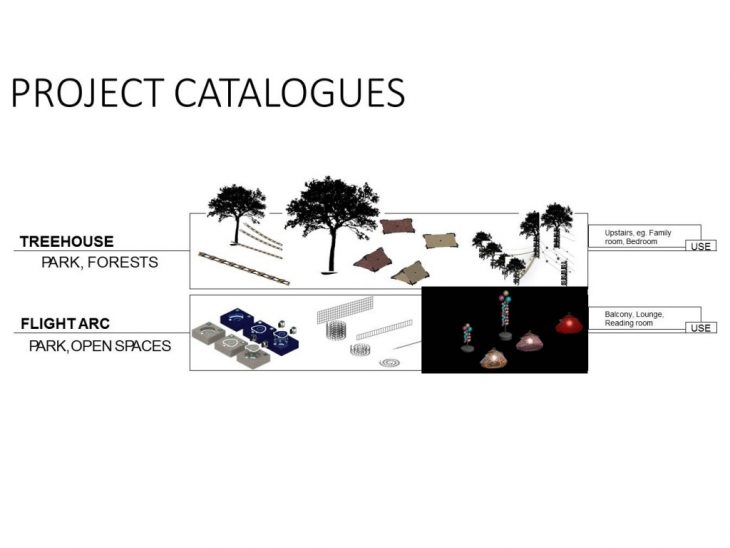
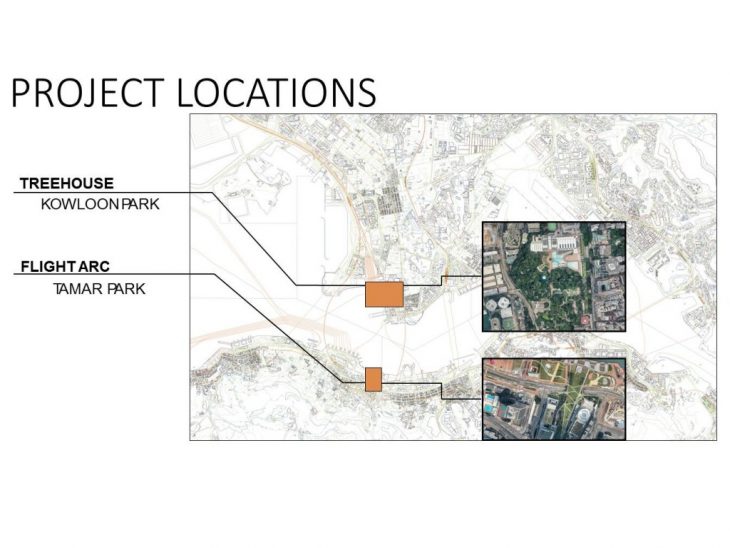
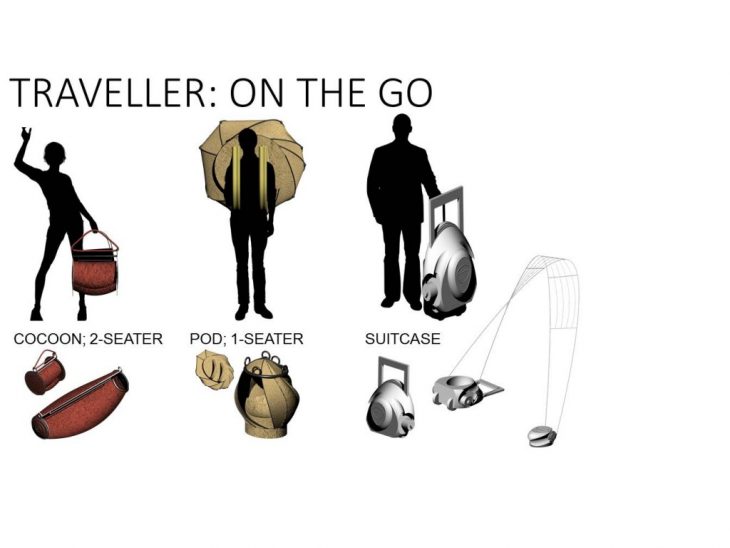
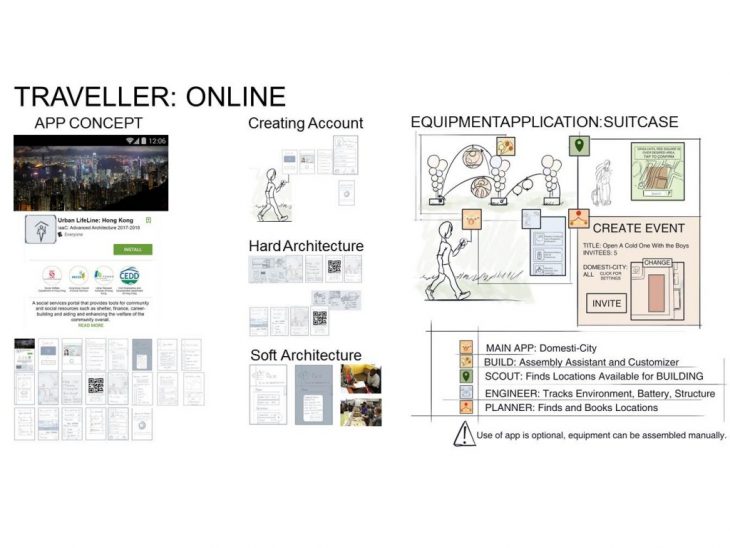
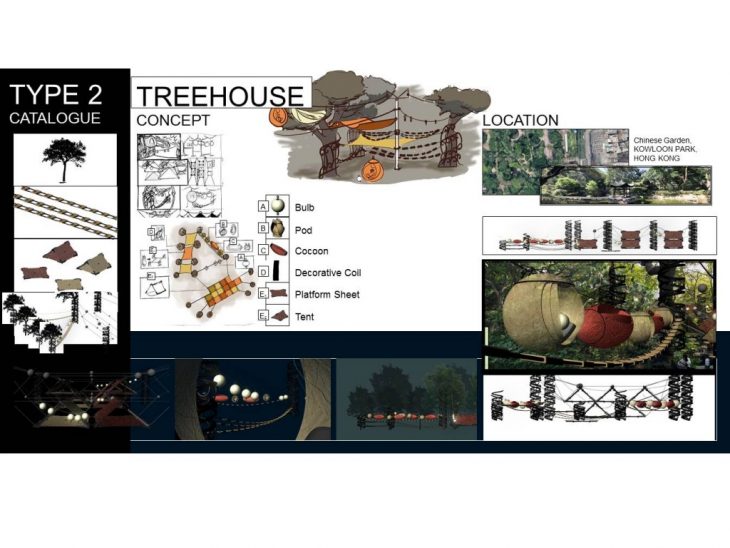
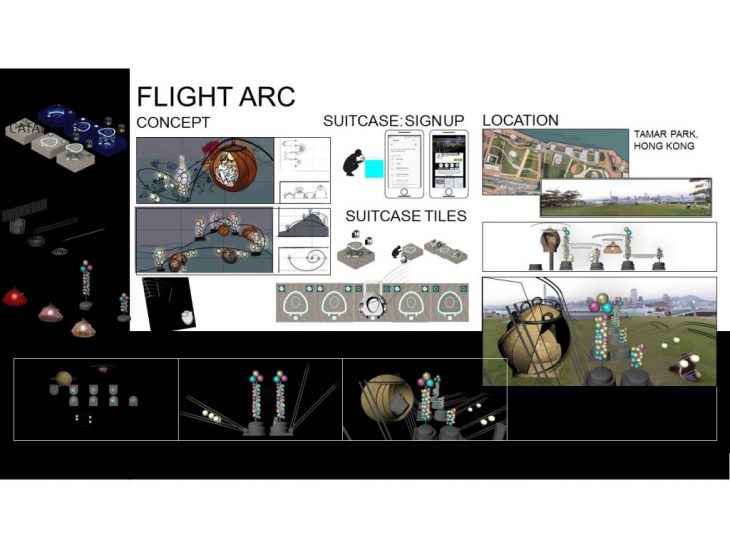
Imagine a future of architecture where architecture can be made, assembled, re-assembled almost anywhere. Where we can make building homes and communities that much lighter, less invasive, and we give people more freedom to build their living spaces however they want, and to take advantage of public unused spaces to their fullest potential whilst keeping the space intact.
That is the future we would want our architecture to build for others. This is the objective of the project.
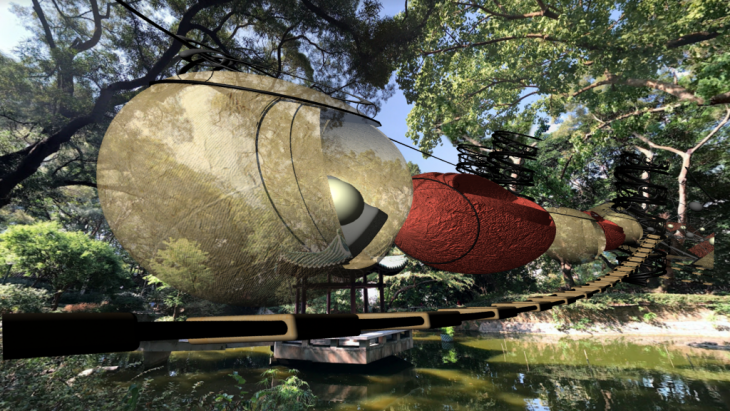
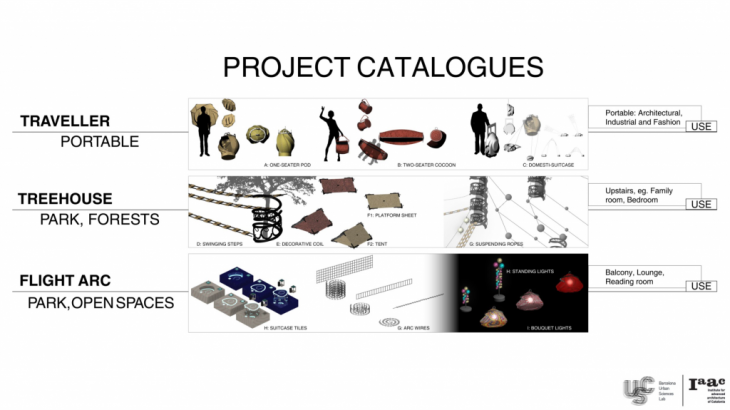
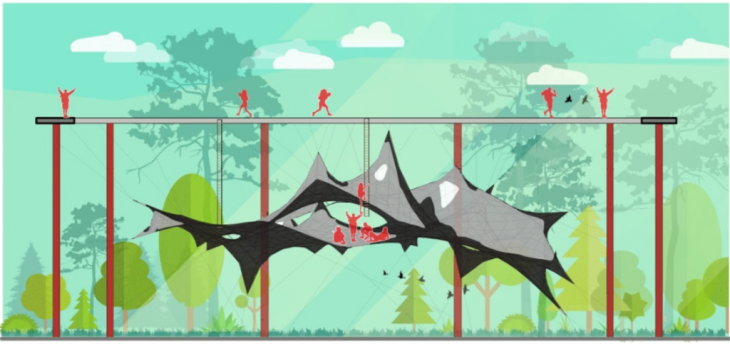
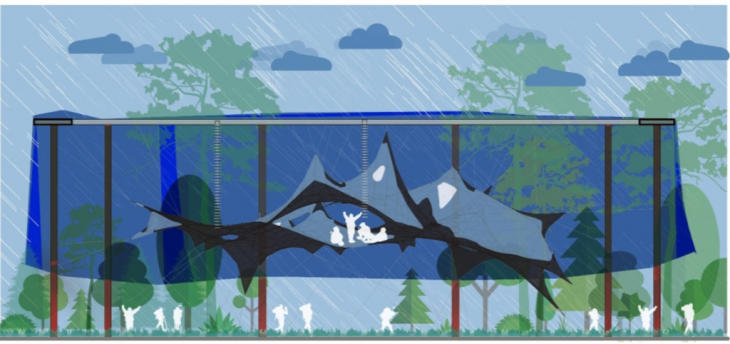

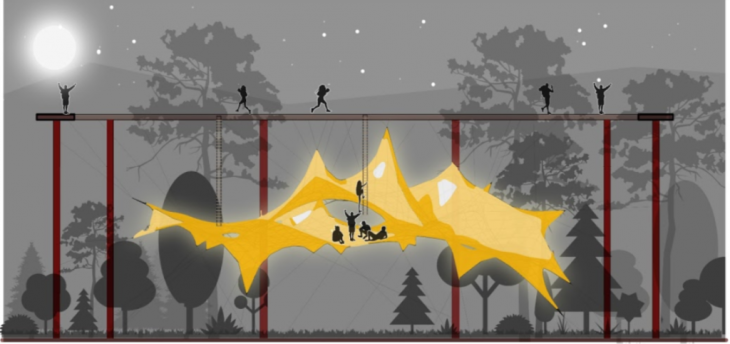
Mohamed Ifthikar Noordeen
Rana Mahran